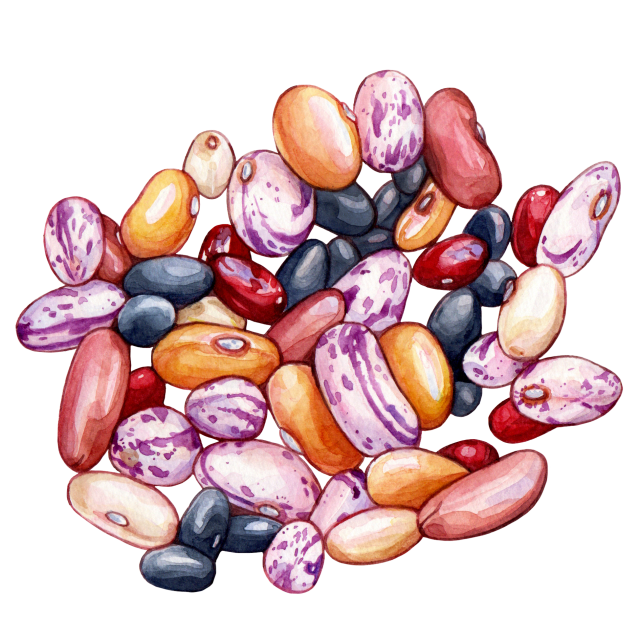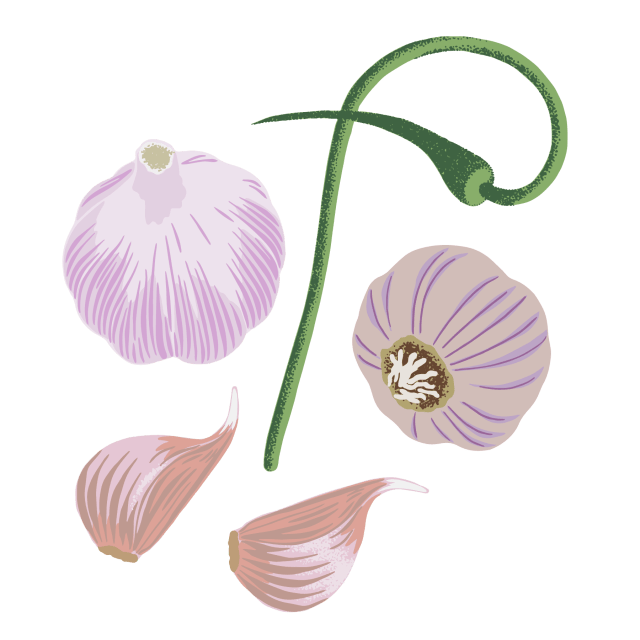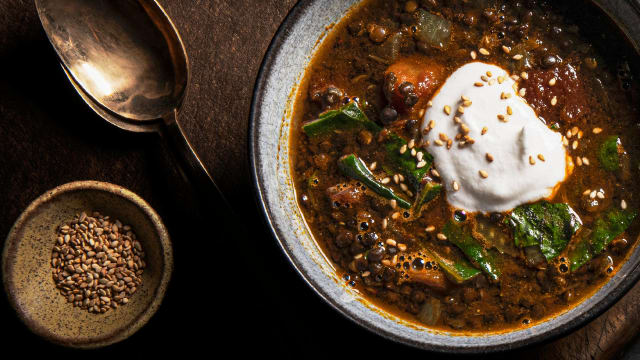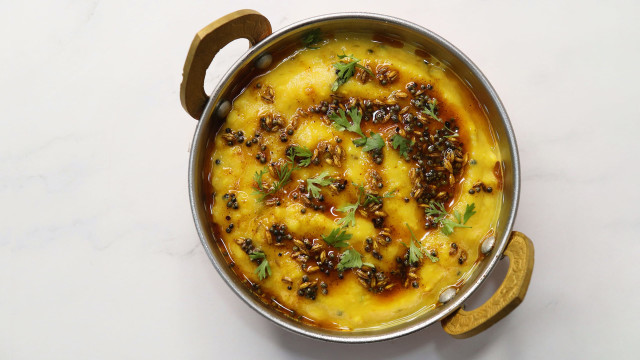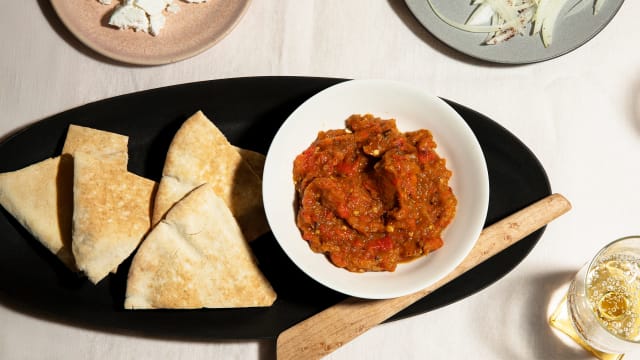Lentil
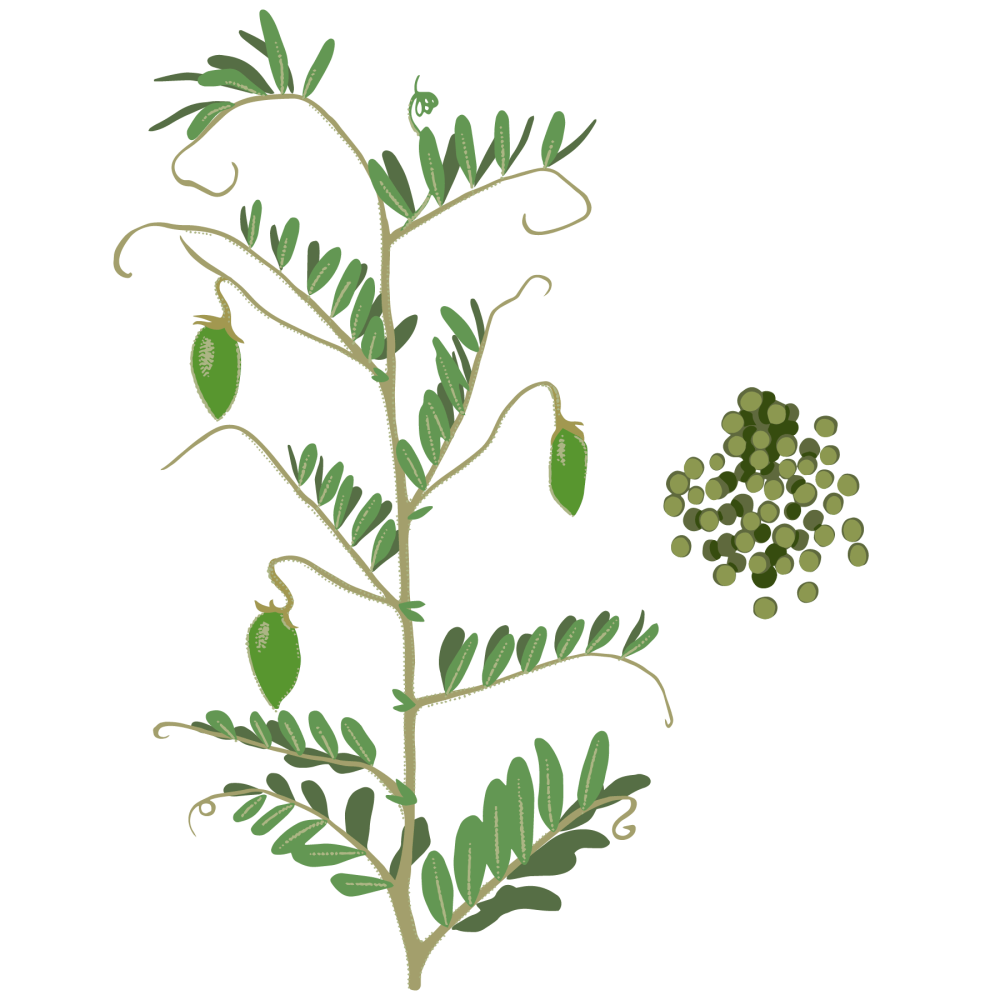
Latin name: Lens culinaris; L. esculenta
Uses: dried legume
What are lentils?
Lentils are legumes in the pea family, and one of the eight so-called “founder crops” that helped fuel the beginnings of large-scale agriculture in Mesopotamia. Aptly named for their lens shape, lentils were first domesticated in the Fertile Crescent, and carbonized remains have been found everywhere from Syria to Turkey to Greece. Lentils are a staple food of the Indian subcontinent.
Why are lentils healthy?
Lentils are plant-based nutritional perfection. They are a rare blend of protein and fiber — specifically soluble fiber, the cholesterol-lowering kind — with polyphenols and vital nutrients. Lentils bring scores of benefits, including improving cardiovascular, digestive, immune, and gut health as well as helping regulate blood sugar and pH. Enjoy them well-cooked and/or sprouted and add a variety of spices to ensure optimal nutrient absorption and digestibility.
What do lentils taste like?
The flavor of lentils varies a bit depending on the variety. Most are earthy, mildly beany, and slightly sweet. Red and yellow lentils are usually hulled and have a creamier texture and flavor, whereas green (French) and black (so-called “beluga”) lentils are more robust and slightly nutty.
How do I use lentils?
You don’t have to soak lentils before cooking, but their cooking time still varies a lot depending on the variety. Red and yellow lentil stews are your best bet for experimentation, but they’re also delicious in rice dishes. Look to South Asia and North or East Africa for lentil inspiration. There are enough dals, pilafs, and wots in these regions that you could eat a different lentil dish every day for a month.
Since they’re a bit sturdier during cooking, you can use fancy Castelluccio or Du Puy lentils in salads and pasta dishes, but feel free to substitute more common green or brown lentils. The black beluga lentils are also (visually, at least) a fun substitute for caviar.
What do lentils pair well with?
Most cuisines combine lentils with ginger, onions, garlic, and curry spices, but in Europe they sometimes use a bed of stewed brown lentils as a backdrop to sausage and winter greens.
Where do lentils grow?
Lentils grow best in deep, sandy loams, which makes them a great crop for prairie regions like Saskatchewan, Canada (the top global producer of lentils) and the Palouse region of Washington State in the United States, but subtropical north and central India are the second top producers worldwide. Being a legume, lentils fix nitrogen from the air into nodules in their roots, improving soil fertility.
How to buy lentils:
They should be dry, shiny, and should not smell musty.
Fun lentil fact:
In the book of Genesis, Esau was hungry enough that he traded his birthright to his brother Jacob for a bowl of lentil pottage (porridge). Fifteenth-century English theologian John Capgrave used this tale to warn against short-selling one’s soul, and a “mess of pottage” became synonymous with something worthless. Because of Esau’s shortsightedness, his familial position — both figuratively and literally — amounted to a hill of beans.
